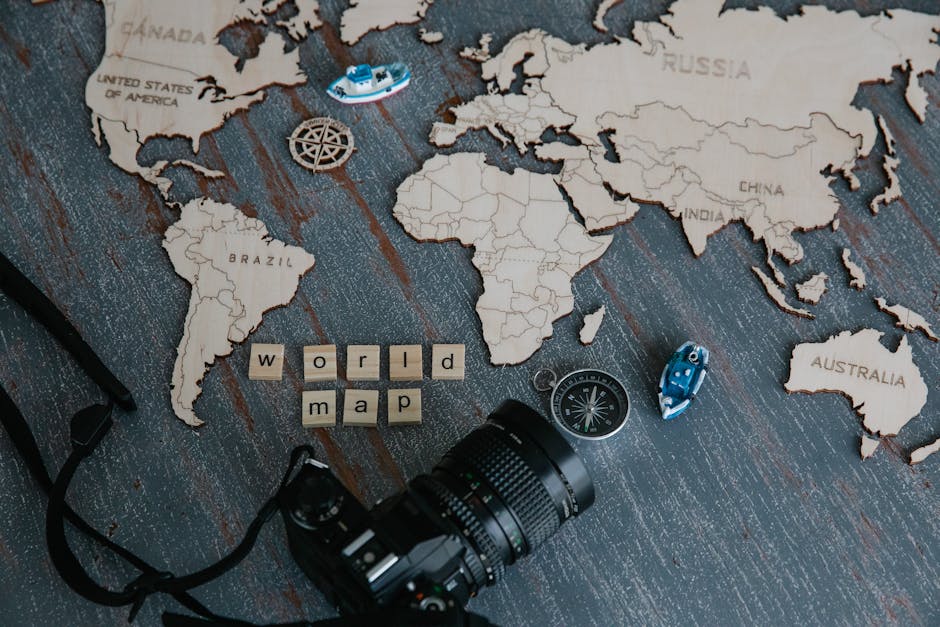When it comes to capturing stunning images, SLR (Single-Lens Reflex) digital cameras reign supreme. However, with so many options available, selecting the right camera can be overwhelming. In this guide, we'll delve into the key factors to consider and provide tips to help you find the perfect SLR camera for your needs.
**Lens System:**
The lens system is the heart of an SLR camera. Interchangeable lenses allow you to adapt to different shooting scenarios, from wide-angle landscapes to close-up portraits. Consider the types of lenses you'll need and the compatibility of the camera with various lenses before making a decision.
**Sensor Size:**
Sensor size significantly impacts image quality. Larger sensors generally produce images with better resolution, dynamic range, and low-light performance. Full-frame sensors offer the best image quality, but they come at a higher price. APS-C and Micro Four Thirds sensors are smaller and more affordable options that still deliver excellent image quality.
**Autofocus System:**
Autofocus speed and accuracy are crucial for capturing sharp images, especially in fast-paced situations. Look for cameras with advanced autofocus systems that can quickly focus and track moving subjects. Phase-detection autofocus is generally faster and more accurate than contrast-detection autofocus.
**Image Stabilization:**
Image stabilization helps reduce camera shake, which can blur images. Optical image stabilization (OIS) is built into the lens, while sensor-based image stabilization (IBIS) is integrated into the camera body. Both systems can significantly improve image quality, especially in low-light conditions or when using long lenses.
**Resolution and Dynamic Range:**
Resolution refers to the number of pixels in an image. Higher resolution means you can print larger images or crop them more without sacrificing quality. Dynamic range measures the camera's ability to capture a wide range of tones, from bright highlights to dark shadows. A higher dynamic range allows for more detail and flexibility in post-processing.
**Frame Rate and Continuous Shooting:**
Frame rate determines how many images the camera can capture per second. A higher frame rate is essential for sports and wildlife photography, where you need to capture fast-moving subjects. Continuous shooting mode allows you to capture multiple frames in rapid succession, giving you more options to choose from.
**Viewfinder and LCD Screen:**
The viewfinder provides a real-time preview of the image you're capturing. Optical viewfinders offer a brighter and more accurate view, while electronic viewfinders (EVFs) display live information and settings. The LCD screen is used for reviewing images and navigating the camera's menu. Consider the size, resolution, and articulation of both the viewfinder and LCD screen.
**Additional Features:**
Beyond the core features, additional features can enhance your shooting experience. Consider factors such as weather sealing for protection against the elements, Wi-Fi or Bluetooth connectivity for wireless image transfer, and video capabilities if you plan on capturing videos.

